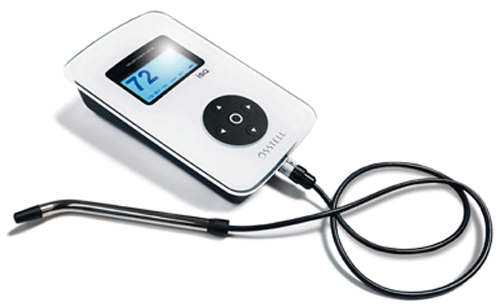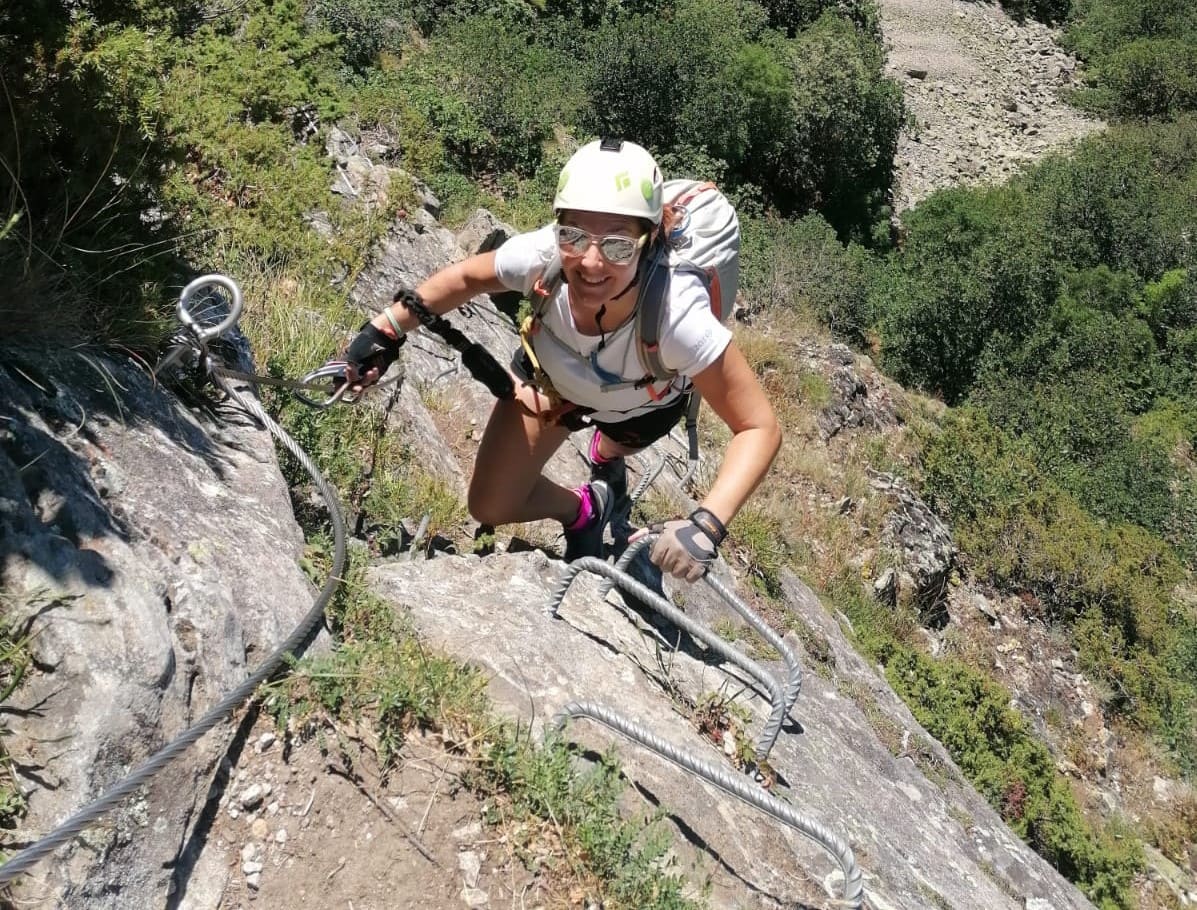Until Osstell appeared on the market, none of the dental implant stability control systems available were reliable, non-invasive and innocuous. Information about the long-term progress of the implant’s osseointegration within the maxillary bone, its level of stability and its degree of maturity is extremely useful to us.
Not all implants are equal. Obviously, their stability depends on the design and size of the implant, but also on the patient’s bone quality, their healing capacity, the conditions inside their mouth, their habits, etc.
Osstell can help us to decide if the time is right to place the tooth onto the implant or whether we should wait until the bone matures further. With this device we can decide when an implant is ready to receive chewing forces. Similarly, it allows us to determine whether an implant could support any extra forces, such as a long bridge, for example.
The Osstell system emits a sound wave onto the head of the implant and measures the echo return time. By the way in which the wave rebounds we can determine the dental implant’s level of stability.
The measurement takes just a few seconds, with no discomfort whatsoever, and provides a stability value (called the ISQ) which we can record in order to monitor the implant’s progress over time.
With this data we can act according to a fuller picture, improve the prognosis and control the healthy evolution of the dental implants we insert.
The Osstell system controls the stability and progress of dental implants




























